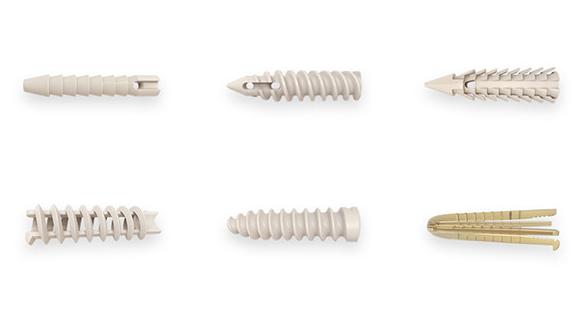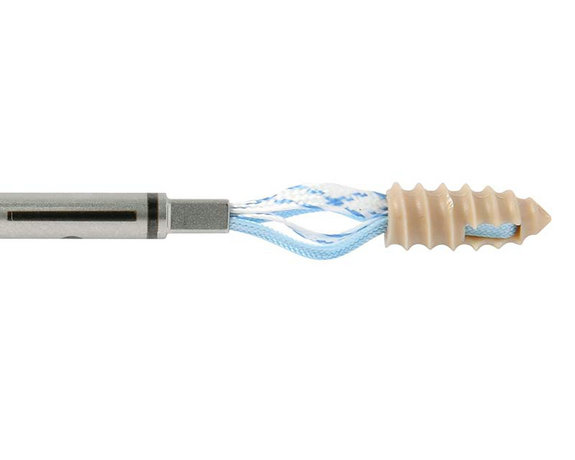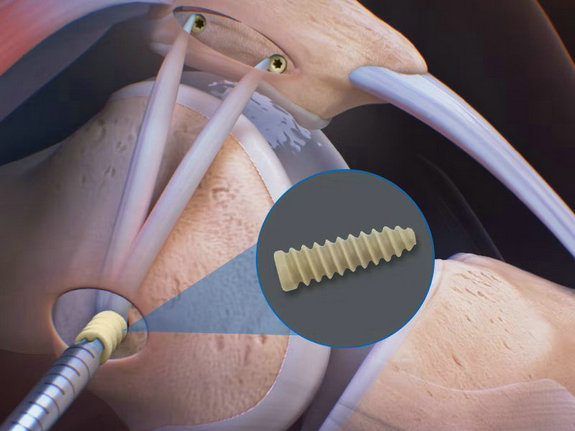
What is Sports Medicine?
Life never stops, and neither does movement. In recent years, as the standard of living has generally improved, nationwide fitness activities have become a new trend, widely practiced across the country. However, where there is exercise, there is wear and tear, and with wear and tear, there are injuries. As a result, sports-related injuries have become increasingly common, attracting widespread attention to the field of sports medicine.
Sports medicine originated from orthopedics but differs from traditional trauma orthopedics. Sports medicine primarily focuses on the study of soft tissue injuries such as cartilage, ligaments, and tendons, and is more concerned with injuries related to physical activities. It differs from general trauma orthopedics in terms of disease patterns, diagnosis, treatment principles, and prognosis. To better address sports injuries, sports medicine separated from orthopedics.
Clinically, sports medicine covers the treatment and rehabilitation of diseases related to the shoulder, hip, knee, and small joints. It includes both acute injuries like fractures, sprains, strains, dislocations, as well as chronic conditions such as tendonitis, degenerative diseases, and overtraining syndrome.
Sports Medicine Arthroscopic Surgery System
Sports medicine equipment mainly includes arthroscopic surgery systems and arthroscopic surgical consumables.
During clinical surgeries, doctors use arthroscopy to observe the joint cavity and specific tissue compartments through small incisions and soft tissue channels. This allows them to analyze the damaged structures and treat conditions such as cartilage damage, joint surface fractures, intra-articular ligament injuries, and tendon injuries. Arthroscopy has been widely applied in medical diagnostics due to its minimal invasiveness and rapid recovery time in clinical settings.

PEEK Applications in Sports Medicine
Currently, the main materials used for consumables in sports medicine products include medical titanium, inorganic non-metallic materials (such as hydroxyapatite), polymer materials (such as polyether ether ketone (PEEK) and ultra-high molecular weight polyethylene for sutures), and absorbable materials like polylactic acid. From the perspective of material evolution, the field of sports medicine has undergone a transformation from titanium alloys → absorbable materials → PEEK composites.
PEEK has been widely used in sports medicine, such as in anchor screws with sutures, interface screws, and meniscus repair systems.
Knee Joint (Ligament Area) - Interface Screws: Interface screws are commonly used in knee ligament surgeries, primarily as compression screws at the proximal femur. Currently, the three main materials are metal, PEEK, and absorbable materials. Among these, PEEK has replaced metal as the mainstream material. Absorbable materials, due to their low mechanical strength, have risks such as loosening and inflammation, and therefore are used less frequently in clinical practice.
Consumables - Shoulder Joint - Suture Anchors: These are mainly used to treat rotator cuff tears, ligament ruptures, or other intra-articular injuries. Traditional metal anchors can cause complications such as loosening, pulling out, and cartilage damage. With the advent of high-strength sutures, the load at the anchor-suture junction increases, raising the risk of cutting at this point. PEEK suture anchors avoid these issues. Additionally, compared to absorbable anchors, PEEK offers higher strength and radiolucency, allowing for post-surgical imaging without worrying about metal artifacts. Its elastic modulus is between cortical bone and cancellous bone, reducing stress shielding and promoting bone healing.
Knee Joint (Meniscus Area) - Meniscus Repair System: The goal of meniscus repair surgery is to retain as much of the meniscus structure as possible in order to maintain its protective function for the knee joint. Meniscus repair systems are the primary consumables for all-inside meniscus repair surgeries. Each meniscus repair system includes implants such as anchors and sutures, and the materials used are mostly PEEK.

The development of various minimally invasive repair and reconstruction techniques in sports medicine relies on high-end and refined surgical instruments. In the field of implantable medical devices, high-quality raw materials are a key factor in determining the safety and effectiveness of implant products. Currently, metal materials have more suppliers compared to polymer materials.
ARKPEEK, through its AKSOPEEK product line, has seen increasing applications in sports medicine and has obtained FDA acknowledgment, meaning our master file has been approved.